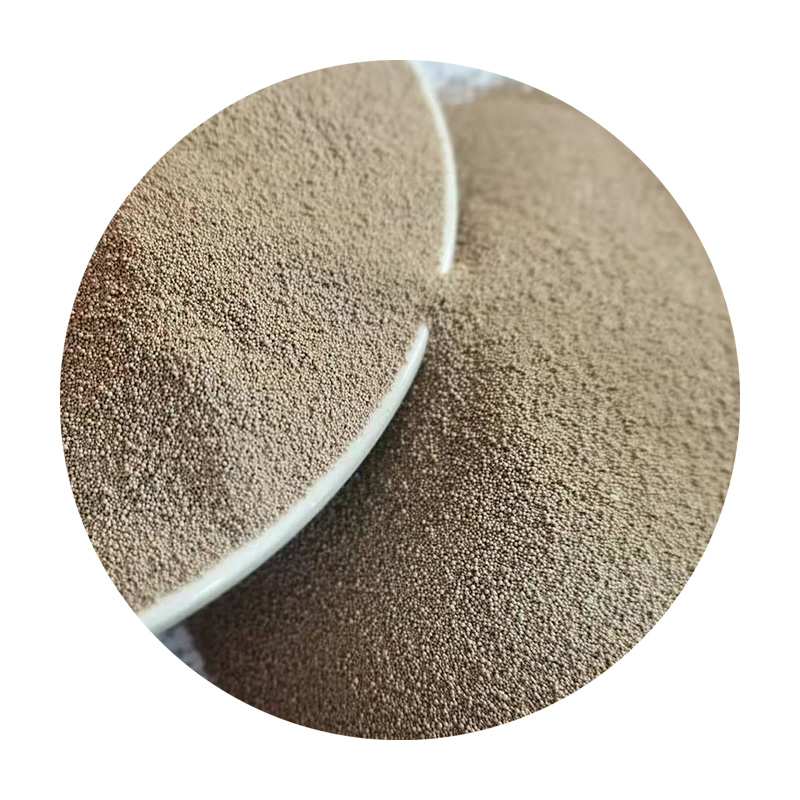Bauxite Sand A Key Material for the Future
Bauxite sand, primarily composed of alumina and various other minerals, is emerging as a critical resource in the modern industrial landscape. With the increasing demand for aluminum and other products derived from bauxite, understanding the significance, uses, and environmental impact of bauxite sand has never been more important.
Bauxite itself is a sedimentary rock rich in aluminum oxides, and it is the primary source of aluminum ore. When bauxite is processed, it produces alumina, which can be further refined to extract aluminum. Bauxite sand is often a byproduct of this extraction process, consisting of fine particles that carry significant economic potential. This fine material can be repurposed into various applications, including construction, ceramics, and even as a metallurgical additive.
In the construction industry, bauxite sand has gained popularity due to its unique physical properties. It is characterized by high fire resistance, low thermal conductivity, and excellent mechanical strength. These qualities make it an ideal ingredient in the production of refractory materials, which are used to line furnaces and kilns. Refractory materials made from bauxite sand can withstand extreme temperatures, making them invaluable in sectors such as steel and cement production. As industries continue to expand and modernize, the demand for such durable materials is expected to rise.
bauxite sand

Moreover, bauxite sand has notable applications in the ceramics industry
. The fine particles are utilized as a filler and reinforcement material in various ceramic products, enhancing their strength and durability. Bauxite sand is particularly beneficial in the production of porcelain and stoneware, where its ability to improve mechanical properties is highly valued. As global trends lean towards sustainable and durable materials, bauxite sand stands out as an eco-friendly option, given its natural origin and recyclability.However, the extraction and processing of bauxite sand are not without environmental concerns. The mining of bauxite can lead to habitat destruction, soil erosion, and water contamination. Therefore, sustainable mining practices are essential to minimize the ecological impact. Companies are increasingly adopting measures such as reforestation, land rehabilitation, and the use of advanced technologies to reduce waste and improve efficiency. These practices not only help preserve biodiversity but also safeguard the livelihoods of communities dependent on these ecosystems.
Additionally, the global focus on reducing carbon emissions is driving interest in bauxite sand's potential in greener technologies. Researchers are exploring ways to utilize bauxite sand in the production of low-carbon aluminum, which can significantly lower the carbon footprint of aluminum products. By optimizing the processing methods and utilizing renewable energy sources, it’s possible to minimize the environmental impact associated with aluminum production.
In conclusion, bauxite sand is more than just a byproduct of aluminum extraction; it is a versatile material with significant industrial applications. Its role in construction and ceramics highlights its potential as a valuable resource for the future. However, the path forward must be guided by sustainable practices to ensure that the benefits of bauxite sand do not come at the expense of the environment. As industries evolve and adapt to the challenges of climate change, bauxite sand may very well play a pivotal role in forging a more sustainable industrial landscape. The continued exploration and innovation in its applications will be crucial as we strive for a balanced coexistence with our planet.
Post time:Ira . 19, 2024 10:51
Next:steel sand casting suppliers
